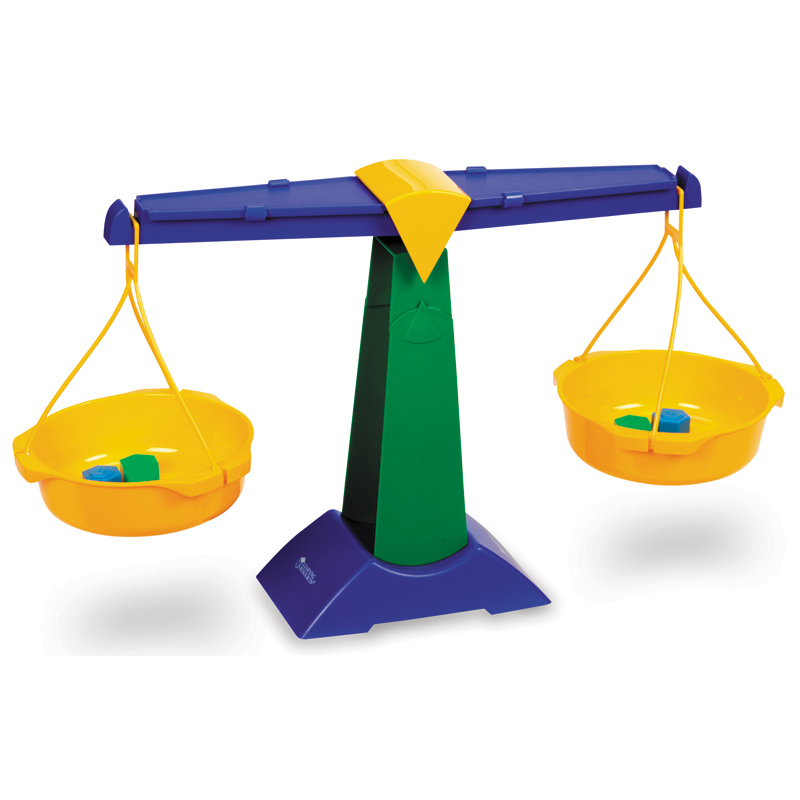The children started off the week with a rather special and unusual experience: our very own archery lesson! Specialist sports teachers worked with the class to teach them how to use a bow and arrow correctly. All the children showed fantastic focus and skill and many of them talked excitedly about the lesson for the rest of the week!



Back in the classroom, we continued with our current focus on animals by reading the story of ‘Farmer Duck’. The book tells the tale of a poor duck who has the bad luck to live with a very lazy farmer. Can you remember who helps the duck? And what happens to the lazy farmer? What would you have done to help the duck?
Weekend Challenge: pretend to be one of the animals on the farm and write a letter to the lazy farmer – tell him what you think he should do…or…pretend to be the lazy farmer and write a letter to the duck – what do you think he should say to the duck?

We learnt two new sounds this week; the digraph ‘oi’ and the trigraph ‘ear’. The digraph ‘oi’ can be found in words like oi-l, oi-n-k and c-oi-n.


The trigraph ‘ear’ can be found in words like ear, h-ear and f-ear. For our action, we decided to touch one of our ears!

Occasionally, when we have a spare five minutes before lunch, we watch a clip from the CBeebies series Alphablocks. In this clip, the Alphablocks have some fun with the ‘ear’ sound.
In our maths lessons, we continued to think about teen numbers. This week, we used a set of balance scales to help us compare different teen numbers and support our understanding of the concepts of ‘more than’ and ‘less than’.

Can you remember what happened to the scales when we put 15 cubes in one side and 15 cubes in the other side? Why? Use your folded arms to show what the scales looked like.
What happened when we put 18 cubes in one side and 14 in the other side? Why? Again, use your folded arms to show what the scales looked like.
Weekend Challenge: if we had 16 cubes on one side and 18 cubes on the other side, what would we need to do to make the scale balance? How about this one – if we had 12 cubes on one side and 17 on the other side, what would need to do this time to make the scale balance. Record your ideas either by drawing a picture or writing a number sentence. Can you come up with your own number balance problem? Bring it to school and see if one of your teachers or one of your friends can solve it!
Yet again, our star of the week did a fantastic job of being a number detective at home over the weekend and filled her number bag up with all sorts of things related to the number 16. Here’s what she brought in to show us:

Our new number of the week has been chosen as number:

